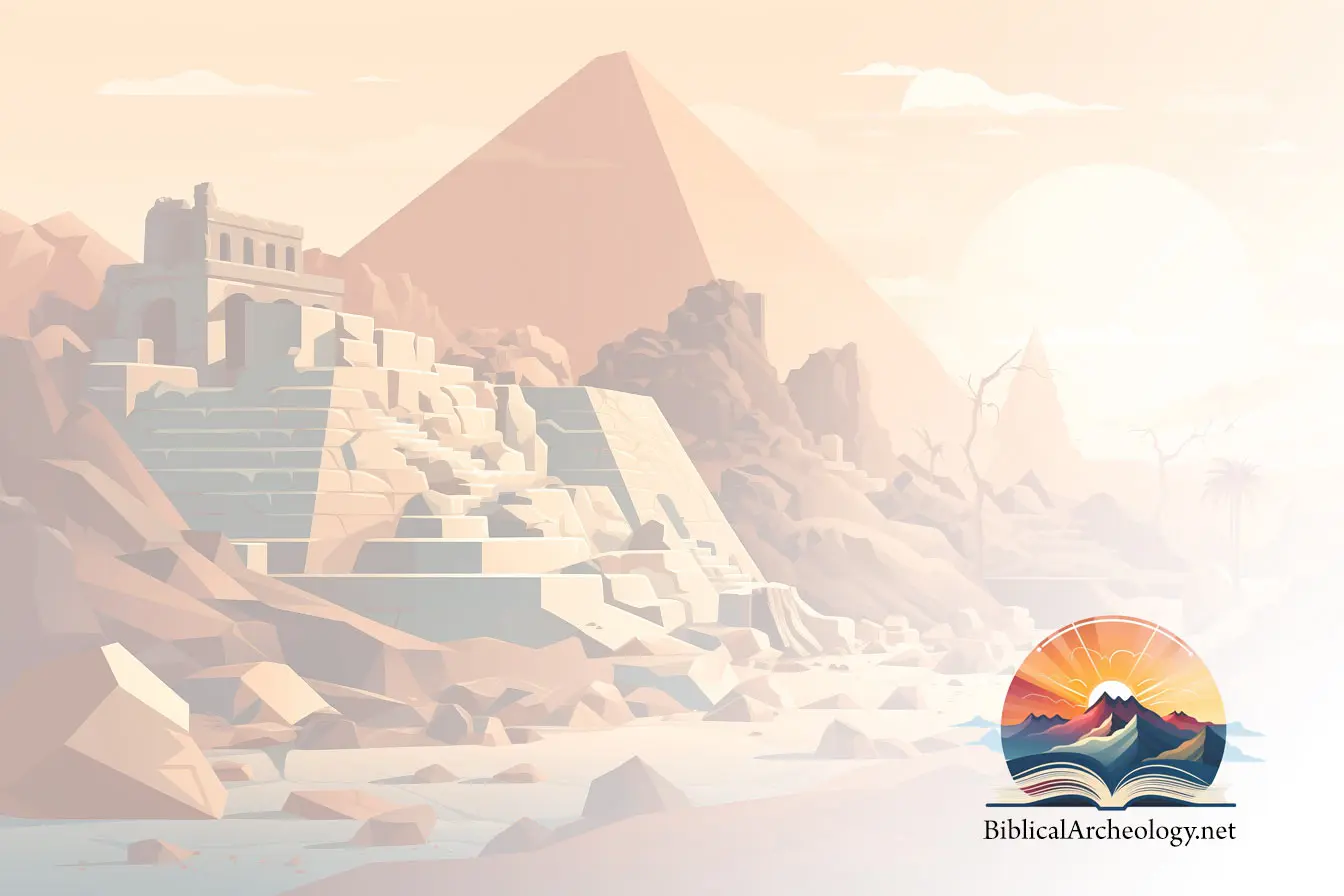Dr Rosalie David and her colleagues at the Manchester University Museum in the United Kingdom are studying ancient mummies in order to trace the origin and progress of diseases. What has not been apparent before is the scope of this ambitious project: the museum has written to eight thousand other musea around the world, asking them for samples of tissue from the mummies they hold. Quite apart from the cost – stamps alone must have come to a minimum of £2080 – this gives us an indication of the number of ancient Egyptians who have emigrated from their homeland and found refuge in a foreign land!
Most musea are not satisfied with a single mummy, (like zoos, they seek “breeding pairs”) and try to have one or more samples from each of the significant eras in Egyptian history. This means that the eight thousand letters probably represent double or triple that number of mummies.
Unfortunately for Dr David and her colleagues, mummification was an expensive process ad only the upper classes could afford it. This means that, statistically speaking, her sample will be highly skewed towards the nobility. Research in different parts of the world has consistently shown hat members of the upper strata of society live longer and enjoy better health than those below them. This fact has been variously attributed to better nutrition or better health care.
The first of these may well have applied to the ancient Egyptians, for money talks in any age or culture. If the paintings on tomb walls are anything to go by, the better-off in Egypt did very well for themselves from the culinary point of view.
The second reason, however, is of dubious value considering what we know of ancient Egyptian medicine. Crocodile dung, whether applied externally or taken internally, cannot under any circumstances be regarded as the elixir of life!
Dr David and other researchers, such as Dr George Contes in America, however, are searching mainly for evidence of disease and parasites such as bilharzia. Tiny fragments of a mummy’s internal organs are rehydrated, then sliced thinly and examined under powerful microscopes. By this means the worms that cause trachoma and other parasites can be seen and identified.
Such invisible enemies were no respecters of persons and daily life in Egypt brught all classes of society into contact with them: peasants plunged ignobly into the water to clear the canals while nobles grandly did the same in pursuit of game; but the end result was the same: infection with whatever water-borne diseases or parasites were around.
We wish these scholars every success in their endeavours, for anything that will lift the burden of bilharzia and other endemic diseases from the fellahin of Egypt can only be heartily applauded.
Article used with permission of Diggins Online. You can find more useful material at Apologtetics Courses, Free Courses and Brethren Assembly. Secular materials can be found at Coins Encyclopedia and Guide For Income


